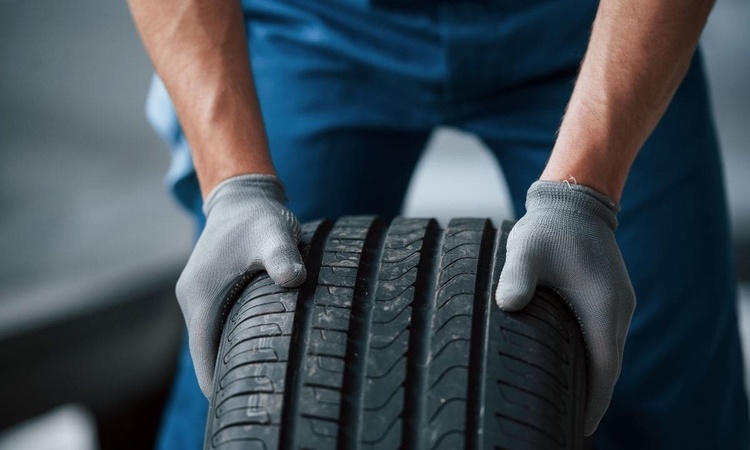Preparing a car for long-distance travel: safety and reliability checks
A practical guide to preparing your vehicle for extended drives, focusing on safety, reliability, and sensible checks. This article covers maintenance, inspections, fuel efficiency, servicing, diagnostics, financing implications and telematics concerns to help you travel with greater confidence.

Long-distance travel places different demands on a vehicle than daily commuting. Before setting out, a structured approach to maintenance and inspection reduces the chance of breakdowns, improves fuel efficiency, and helps protect vehicle value. This article outlines practical checks and considerations—from basic servicing and diagnostics to registration and financing implications—so you can plan a reliable trip and address any issues with local services or certified technicians in your area.
maintenance checks
Routine maintenance is the foundation of a safe long trip. Start with scheduled servicing: oil and filter changes, coolant level and condition, brake fluid, and belt inspections. Check the owner’s manual for service intervals; if you’re near the next milestone, complete the work beforehand. Proper maintenance reduces the risk of mechanical failure and supports fuel efficiency. Also confirm servicing records are up to date, which can influence resale and depreciation when you return from longer journeys.
inspection and safety checks
A thorough inspection focuses on systems critical to safety. Inspect tires for tread depth, correct pressure, and sidewall damage; don’t forget the spare. Test brakes for responsiveness and unusual noises, and ensure lights, indicators, and windshield wipers function reliably. Check battery condition and terminals for corrosion, and verify that emergency items (first-aid kit, reflective triangles, jack and lug wrench) are present. If any part fails inspection, prioritize repairs before departure to avoid unsafe scenarios on the road.
fuel and efficiency tips
Long drives magnify the importance of fuel strategy and vehicle efficiency. Use the correct grade of fuel recommended by the manufacturer and keep tires inflated to the specified pressure to optimize fuel economy. Reduce excess weight in the vehicle and limit rooftop cargo where possible to lower drag. Plan refueling stops along the route and consider smartphone apps to compare fuel stations or find local services. Small efficiency gains compound over long distances, reducing stops and overall fuel cost.
servicing, repairs, diagnostics
If your vehicle shows warning lights or unusual behavior, address diagnostics promptly. Modern garages use OBD-II scanners to read error codes and identify faults; get a formal diagnostics report if any engine or transmission lights persist. For complex repairs, choose certified technicians or franchised service centers that follow manufacturer procedures. Keep records of all servicing and repairs; these documents help with warranty claims, and they can be important for registration or import paperwork if traveling internationally or moving the vehicle across borders.
telematics and privacy considerations
Many vehicles now include telematics systems that record driving data, locations, and performance metrics. Before a long trip, understand what your vehicle’s telematics shares and how to access or opt out of data collection if that’s important for privacy. If you subscribe to connected services, review account settings, location sharing, and emergency assistance features. Telematics can aid roadside assistance and diagnostics remotely, but be mindful of data retention, who can access the information, and how it might affect insurance or resale perceptions.
| Product/Service | Provider | Cost Estimation |
|---|---|---|
| Oil change (conventional) | Jiffy Lube | $35–$75 per service |
| Tire rotation and inspection | Firestone Complete Auto Care | $20–$50 per visit |
| Roadside assistance membership | AAA | $60–$150 per year depending on tier |
| Pre-trip diagnostics scan | Local independent garage | $50–$120 depending on depth |
Prices, rates, or cost estimates mentioned in this article are based on the latest available information but may change over time. Independent research is advised before making financial decisions.
registration, financing and depreciation
Check registration, insurance, and financing documents before long trips, especially if traveling across state lines or international borders. Ensure registration and insurance are current, and carry copies of financing agreements if required. Long-distance use can influence depreciation modestly, depending on mileage and servicing; consistent servicing records help preserve resale value. If you plan extended travel or temporary importation, verify local registration rules and any import permits, and consult local services or authorities for compliance requirements.
Conclusion A careful pre-trip routine—covering maintenance, inspection, fuel strategies, servicing, diagnostics, and telematics—reduces risk and helps maintain vehicle value. Address any repairs or warnings before departure, verify documentation and registration, and consider real-world costs for key services. With these checks, you enhance safety and reliability for long-distance travel while protecting resale and financial interests.





